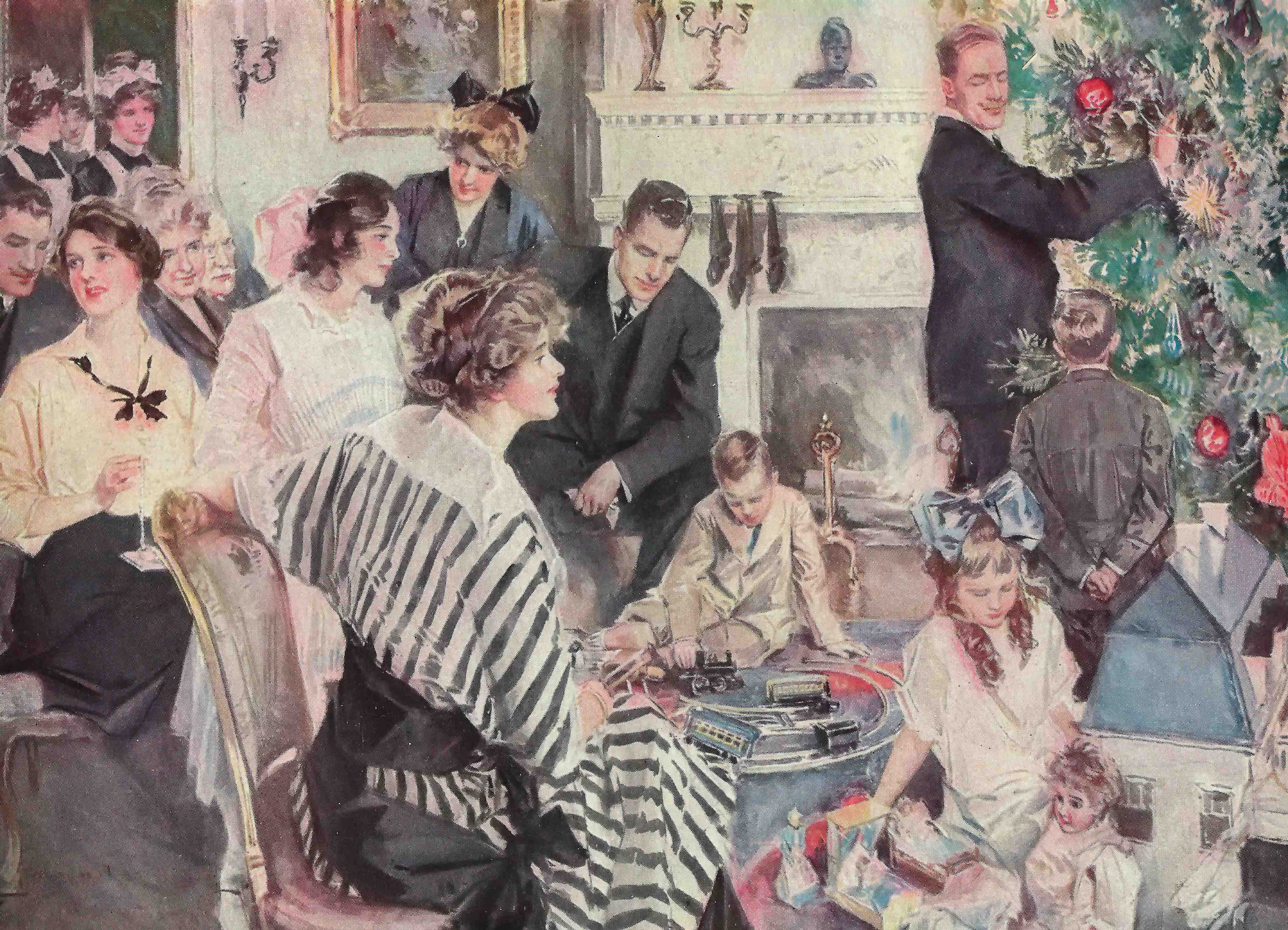There comes a time right after the new year when the retail sector decides it’s done with fairy lights and sparkles. Out goes the party food, the bao buns with Santa hats, the mixed platters of prosciutto and cheese, the gift sets of flavoured olive oil and the festive cheeseboards. On the discount rails there are scarlet jumpers with diamante and slinky party frocks, looking less and less inviting by the day. Back comes the sleek minimalism of the retail sector in its most pared down aspect as it flogs low-carb, low-calorie ready meals and fitness gear in time for the great ‘new year, new you’ personal transformation.
Dry January, coming bang in the middle of the Twelve Days of Christmas, should be seen as an anti-Christian initiative, odium fidei in the form of teetotalism
Depressing, no? But then we’ve been in party mode since about the last week of November – actually, the decorations have been on sale since before Halloween – so there may be a sense in which people are done with the whole Christmas thing.
But we’re not. Not really. Think of the carol, ‘The Twelve Days of Christmas’. Well, Christmas really is 12 days. It goes from Christmas Eve, when purists put the tree up, right through to the night before 6 January, the Epiphany (annoyingly the Catholic Church has shifted that feast to 5 January this year, being a Sunday, but anyway). The season is that word we’re so fond of these days, a ‘journey’, from the preparation time of Advent (the old cardboard Advent calendars culminated on the 25th with a window opening to a crib) to Christmas Day and then continuing right through to the arrival of the Three Kings to baby Jesus on 6 January. New Year’s Day adds a secular festive element to the season – it was celebrated in the Middle Ages as a time you gave presents – but it didn’t take away from the unbroken season of merry-making for 12 whole days, with a kind of crescendo of festivity on Twelfth Night, the vigil of Epiphany.
But it doesn’t actually stop there, either. It goes on right through to the Purification of the Virgin on 2 February. That’s right: in the Christian scheme of things, you’re in Sundays after Epiphany right through to Candlemas, the other word for the feast day, when candles were lit in church. And in between – viz, for the entire month of January – people should be in modified party mode. You know what that means? No new year diets, no eschewing carbs from 1 January. Absolutely no Dry January, a brand new abomination. (Actually Dry January, coming as it does bang in the middle of the Twelve Days of Christmas, should be seen as an anti-Christian initiative, odium fidei in the form of teetotalism.) Absolutely no giving stuff up. If you’re a traditionalist, a Christian, you’re in full feasting mode right through January.
Whether you’re in sympathy with the faith or not, it makes complete sense. No one in their right minds gives up carbs and drink in the bleakest month of the year. You’re much more inclined to fast during Lent, when it’s warmer, and indeed, to take exercise. We could only contemplate the abomination of a cheerless January in contemporary conditions, with heated homes and no actual contact with nature; anyone who works outside knows this is the time when you actually need your carbs and your drink.
So, let me suggest a subversive, counter-cultural, traditionalist act: stuff the fasting and abstaining. Instead, celebrate ‘long Christmas’ and stay in mildly celebratory mode all the way through the next month.
As the academic Nick Groom observes in his excellent book The Seasons: An Elegy for the Passing of the Year: ‘It was the Victorians who nominated Twelfth Night as the end of Christmas; in Robert Herrick’s day in the 17th century, the greenery [i.e. decorations – holly and ivy] would stay up until Candlemas, 2 February. But it was in the interest of 19th century commercial society to get everyone back to work promptly… The season of Christmas-tide has, in other words, shifted forward as if it now expresses an impatient and premature desire for gratification. The result is that there are two cold months of winter following Christmas. It is a bleak time and there is little cheer.’
Well, I say it’s time to put the cheer back. Eat, drink and be merry until 6 January – and beyond.







Comments